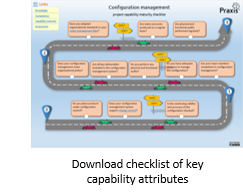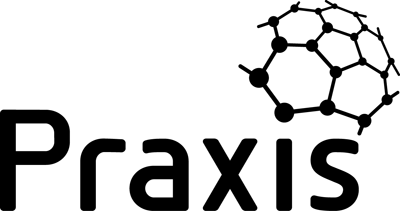Configuration management should:
- identify the products that will be treated as configuration items;
- support the assessment of change requests and document the results of change control;
- maintain the validity of the configuration and the accuracy of the configuration management system.
| Indicators | Level 2 attributes |
At level 2 management documents may not be included in the configuration and audits may be ad-hoc rather than planned. The type of management issues highlighted in a status report at level 3 could be, for example, that a small number of stakeholders produce the majority of change requests, or one part of the specification is particularly targeted by change requests. In either case action may be appropriate to address a possible stakeholder issue or weakness in the specification respectively. |
| Identify | The configuration covers the key technical deliverables. | |
| Control | Configuration management covers version control and basic configuration records. | |
| Status accounting | Status accounts are produced on an ad-hoc basis and focus on the statistics of the configuration management system. | |
| Verification and audit | Physical and functional audits are performed. | |
| Indicators | Level 3 attributes | |
| Identify | A configuration that fully covers the outputs is identified and indexed. Interrelationships between configuration items are fully and consistently documented. Key P3 management documents are included in the configuration. The configuration is baselined. | |
| Control | Configuration records are regularly updated with information from change control and quality control. | |
| Status accounting | Status accounts are produced on a regular basis and are used to highlight management issues. | |
| Verification and audit | Regular physical and functional audits are performed and reported against the baseline configuration. | |





